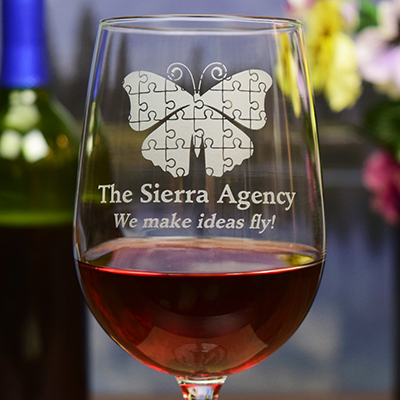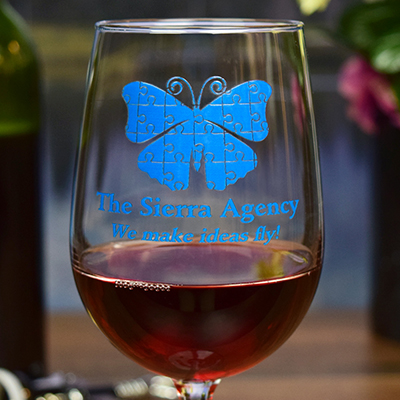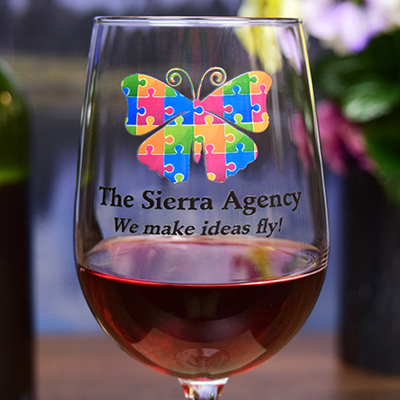The History of Gin
The History of Gin

Gin Gets a Bad Rep
With the possible exception of absinthe, no alcoholic beverage has ever had as maligned a reputation as gin. English painter and engraver William Hogarth devoted dozens of his works to illustrating the degrading effects of gin on the lower classes of London; male Victorian novelists like Anthony Trollope made sure that every otherwise respectable family had at least one member whose addiction to gin led to either bankruptcy or imprisonment; and female writers of that period often relied on a gin-inspired beast who would rob their heroine's virginity, thus starting a process that would send a previously innocent woman on her way to prostitution, prison and eventual suicide.
Much of the bad reputation of gin was well deserved. Made by distilling barley, wheat or oats into an alcoholic spirit and flavoring it with juniper berries, gin was originally created as a medicine by a Dutch chemist, Professor Sylvius. Sylvius named his beverage jenever after the French word for juniper and because it was supposed to have medical properties, it was originally sold only in pharmacies. The highly intoxicating beverage soon proved so popular, however, that many pharmacists set up distilleries of their own.
Jenever Goes to England
In the 17th century, when England's William of Orange heard about jenever, he decided that it would make an acceptable substitute for the brandy produced by his enemy, the French. By placing prohibitive taxes on French wines and brandy coming into England and by allowing anyone who applied for a license to set up a distillery, William created a monster. In addition to shortening the name of the beverage to gin, the English were soon drinking 80 million liters a year. Easy to make and cheap enough that even the poorest Englishman could buy two or three liters a day, gin became the perfect 17th and 18th century tranquilizer, just what was needed to take people's minds off their miserable social and economic conditions.
Hogarth's etchings, showing the slums littered with gin-sodden men, women and children were based on firm realities. More than 9,000 pubs opened in London, many of which sold only gin. One enterprising pub owner even hung a sign outside his tavern: "Drunk for 1 penny. Dead-drunk for tuppence." Essayist William Henry Hazlitt, who was addicted to it, described gin as "that humble and much reviled liquid which is the most especially English of all spirits". It was only during the late part of Queen Victoria's reign that the abuses stopped and gin began to be accepted into polite society.
Today's Gin
Modern day gin still falls into the same categories as it did in the early 18th century. Dutch gin, still known as jenever, is distilled at a low strength and has a clean but pronounced aroma. Because Dutch gin has a clean but pronounced taste and aroma it is rarely used in cocktails as its own flavor would predominate. Those who enjoy jenever find it best when drunk lightly chilled. The gin produced by London distillers (and this includes American and Canadian distillers who use the same method as is used in London) is in fact nothing more than diluted pure alcohol that has been flavored with herbs such as juniper, coriander, or angelica. Each maker has his own formula and closely guards his secrets since the herbs that are used provide the only characteristic distinguishing one brand from another. Most London types of gin are as clear as water, but several brands are straw colored because they were aged in oak casks. In the case of gin, all the aging does is to add a bit of color. Gin, which can be drunk within ten minutes after it has been made, does not improve by aging.
The sad truth of the matter is that nearly all of even the most expensive gins are harsh and unpalatable and have an odor that many people find downright offensive. What maintains the enormous popularity of gin is that it provides an excellent base for making a large variety of cocktails. Because there are few rigid criteria for judging the quality and taste of gin, the selection process is very much a matter of personal taste. Our own favorites (in the order listed) are Beefeater, Tanquerey, Gordon's and Booth's.
Gin Based Cocktails
Gin Alexander: In a cocktail mixer, combine two parts gin and one part each of creme de cacao and sweet cream. Shake together with cracked ice and strain the drink into a cocktail glass.
Orange Fizz: In a cocktail mixer, combine two parts of gin, one of orange juice and one of lemon juice. Shake together with cracked ice and add a few drops of Pernod, Arak or Ouzo. Mix half and half with soda water.
White Lady: In a cocktail mixer, mix equal parts of gin and lemon juice with a dash of Cointreau and sugar to taste. Add the white of an egg and cracked ice, mix together well and strain the drink into a cocktail glass.
Magnolia: In a mixing glass, combine an egg white with the juice of 1 lemon, 2 jiggers of gin, 4 - 5 drops of sweet cream, 1/2 teaspoon of grenadine syrup and 3 or 4 ice cubes. Place a shaker on top of the mixing glass and, grasping firmly with both hands shake vigorously 8 - 10 times. Remove the shaker, place a strainer on top and pour into a chilled wine glass.
Golden Fizz: In a mixing glass, combine 1 jigger lemon juice with 2 jiggers of gin and 1 teaspoon of confectioners' sugar. Add an uncooked egg and 3 or 4 ice cubes. Place a shaker on top of the glass and shake vigorously 6 - 7 times. Remove the shaker, place a strainer on top of the mixing glass and pour into a chilled wine glass and then fill the wine glass with cold soda water.
Singapore Sling: There are probably a hundred different versions of this drink, which probably originated at the bar of the Raffles Hotel in Singapore. To make the recipe we find most pleasing, combine 2 ice cubes, 1 tablespoon Cherry Heering (or cherry brandy), 1 Tablespoon fresh lemon juice, 2 jiggers of gin, several drops of B&B (Benedictine and Brandy) and two jiggers of cold soda water in a tall whisky glass and stir gently. Garnish the drink with an orange slice and a sprig of fresh mint.
Pink Lady: In a mixing glass, combine 1 Tablespoon of lemon juice with 2 jiggers of gin, 1 teaspoon of grenadine, 1 egg white, five or six drops of sweet cream and 3 or 4 ice cubes. Place a shaker on top of the mixing glass and shake vigorously 10 or 12 times. Remove the shaker, place a strainer on top and pour into a chilled cocktail glass.
Pink Gin: Put 2 or 3 drops of Angostura bitters in a cocktail glass, swirl it all around the bottom and sides of the glass and then shake out the remaining liquid. Pour in 2 jiggers of gin and, if you wish, add one or two ice cubes.
Like we mentioned above, gin is not highly regarded for its taste by itself, but its ability to serve as a base in many cocktails. Whether you're enjoying one of our amazing gin cocktail recipes or not, our personalized cocktail glasses make great glasses for any cocktail. At Glass with a Twist, we are a leading provider of custom glassware. Our custom drinking glasses can be personalized with any text or image you choose, and can be designed in a matter of seconds on our easy to use website.



